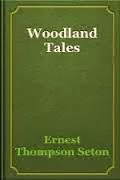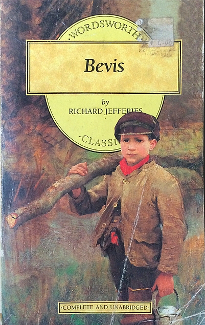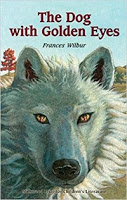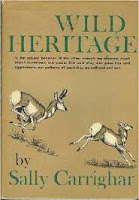by Ernest Thompson Seton
The book is not quite as I had imagined it, and does not really live up to my admiration of this author. It is a collection of short fables and tales about how many animals and plants got their particular traits, relative to the northeast region of the United States. Origin tales, if you will. Some appear to be created by Seton himself, many are based on Native American folklore, although I could never discern what tribe they might have originated from. I was interested in the details of plant characteristics because I live near the area the stories focus on, but unfortunately did not recognize many. It would have helped to have illustrations, but while the text referred to many, none were included in my e-reader edition. (A double disappointment, there were points where tunes or old songs were referenced, and with a link provided to listen, but they didn\’t work).
Nevertheless, the stories unfolded a richness in the plant and animal life around me that I was unaware of before. It sent me many times to the computer to look things up, especially plants which the stories claim are edible or good for other uses. Besides origin stories there are also some folk tales, which I enjoyed to a limited extent. It is obvious that Seton viewed Native American skills and lore as a perfection to aspire to, but the way he conveyed it in the stories often used language that could be found offensive to modern readers. Even when he was admiring \”the red man\” his phrasing was frequently condescending or overly simplistic.
There are also lots of activities described, by which you can teach children about nature, or test your skills in finding constellations, recognizing species in the woods or creating small crafts using various plant items and things found in the woods. It was this last group that interested me, particularly the description on how to make a fish figure from a young pinecone and brown paper. But although this bit of \”woodcraft\” was interesting, I know I will probably only try a few and ultimately found it tiresome.
I did appreciate that at the end a listing was provided of all Seton\’s published works, along with brief descriptions of each. So now I know which books of his are more about \”woodcrafting\” and also which titles are simplified \”junior\” versions of the originals I have so enjoyed. I intend to keep searching for Seton\’s works, but know to avoid these two types as they won\’t hold my interest.
Rating: 2/5 212 pages, 1921










